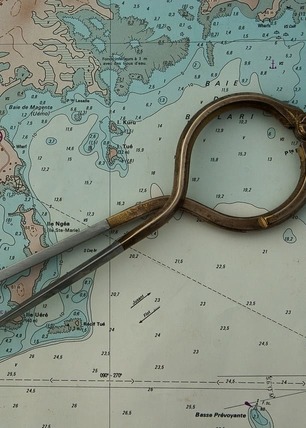Anti Money Laundering

Equally important is counter terrorist-financing (CFT) as it helps to disrupt the flow of funds to terrorists, making it more difficult for them to carry out their operations. Financial institutions have a responsibility to protect the global financial system from being exploited for terrorism financing. This not only helps to ensure the safety and security of their customers and employees, but also helps to maintain the stability and integrity of the financial system.
Financial institutions are subject to stringent requirements regarding the effectiveness of their money laundering and terrorist financing detection procedures.
To safeguard financial institutions against money laundering and terrorist financing, the establishment of a robust customer identification, verification, and acceptance process, together with the monitoring of the business relationship must be ensured. Transaction monitoring, change surveillance, and reporting obligations are part of the ongoing due diligence obligations.
What is terrorist financing?

What is the European AML Legal Regulatory framework?
Anti-money laundering efforts rose in 1989 when a coalition of countries formed the Financial Action Task Force.The EU introduced AML laws in 1990 to stop the concealment and flow of dirty money from suspicious or criminal activities. The EU has continuously reformed their legislation to cover the evolving fight against money laundering and the financing of terrorism.
The latest directive the, 6th EU Money Laundering Directive 2018/1673 (AMLD6), published 12 November 2018, included new rules to strengthen the fight against money laundering and terrorist financing. Member States had until 3 December 2020 to transpose the directive into national law.
What are the consequences for non-compliance to AML laws?
Banks and other financial institutions are, as reporting entities, legally required to comply with the regulations set forth in the European AML Directives or local regulations. Failure to do so can result in huge fines and reputational damage.
Financial institutions that fail to comply with anti-money laundering regulations also risk reputational damage and loss of customers. The institution's reputation is damaged when it is associated with corrupt individuals or businesses.
How can Pideeco help you with Anti Money Laundering?
Our decade-long experience in the financial sector has helped us gain thorough knowledge of the regulatory landscape and of AML/CFT. We can help your business:- Set-up an effective and comprehensive AML/CFT program tailored to your business, products, and services.
- Plan and execute an AML risk assessment tailored to your business, products, and services to determine any gaps within your existing AML/CFT program.
- Advise on implementing regulations to your AML/CFT procedures.
- Improve your Customer Due Diligence (CDD) and Know Your Customer (KYC) processes to enhance customer identification and verification.
- Set-up and/or fine-tune your transaction monitoring system to better capture suspicious transactions.
- Run your transaction monitoring system to analyse and flag suspicious behavior, including drafting Suspicious Transaction Reports (STRs) for your local Financial Intelligence Unit (FIU).
- Draft or improve your AML/CFT and CDD policies and procedures.
- Give tailored trainings on AML/CFT topics to your staff members depending on their business requirements.
- Leverage technology to help improve your AML/CFT procedures.
- Implement the AML Governance based on the proportionality of the entity
Let us know how we can help! We'll get back to you lightning quick!
You'd rather talk face to face? Complete the form and schedule a meeting
Europol defines Financial Crime as "illegal acts committed by an individual or a group of individuals to obtain a financial or professional advant...
Return to financial crime
Whistleblowing became a subject of concern when major consequences produced by Swiss Leaks and Lux Leaks made the case for a change in the European framework. In both cases, the whistleblowers worked for private companies prior to leaking information. If their situation...
Read more Author What else ?
























